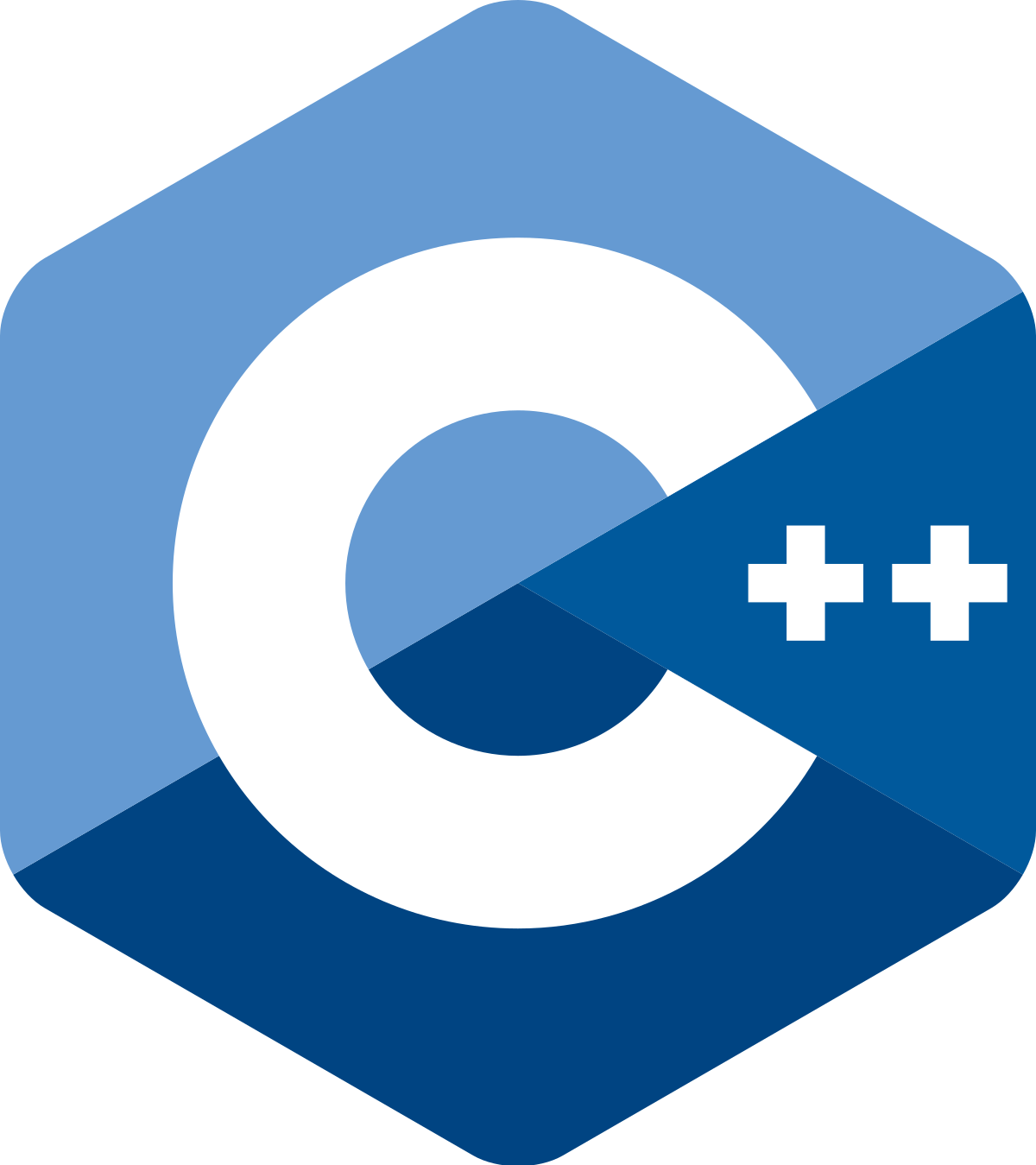
后缀自动机学习总结
前置技能
有限状态自动机
有限状态自动机 DFA,功能就是识别字符串,令一个自动机 $A$,若能识别字符串 $S$,就记为 $A(S) = true$,否则 $A(S) = false$。自动机由五个部分组成,$alpha$ 为字符集,$state$ 状态集合,$init$ 初始状态,$end$ 结束状态集合,$trans$ 状态转移函数。
$tarns(s, ch)$ 表示当前状态是 $s$,在读入后字符 $ch$ 后所到达的状态;同时 $tarns(s, str)$ 表示当前状态是 $s$,在读入后字符串 $str$ 后所到达的状态。
如果 $trans(s, ch)$ 这个转移不存在,我们设其为 null,同时 null 只能转移到 null,null 表示不存在的状态。
定义
Suffix Automaton, 顾名思义就是可以识别 Suffix 的 Automaton, A short guide to suffix automata - Codeforces 中有如下的描述:
A suffix automaton A for a string s is a minimal finite automaton that recognizes the suffixes of s. This means that A is a directed acyclic graph with an initial node i, a set of terminal nodes, and the arrows between nodes are labeled by letters of s. To test whether w is a suffix of s it is enough to start from the initial node of i and follow the arrows corresponding to the letters of w. If we are able to do this for every letter of w and end up in a terminal node, w is a suffix of s.
也就是说对给定字符串 $s$ 的后缀自动机是一个最小化确定有限状态自动机,它能够接收字符串 $s$ 的所有后缀。
- 后缀自动机是一张有向无环图,其中顶点是状态,而边代表了状态之间的转移。
- 某一状态 $t_0$ 被称作初始状态,由它能够到达其余所有状态。
- 自动机中的所有转移——即有向边——都被某种符号标记。从某一状态出发的诸转移必须拥有不同的标记。
- 一个或多个状态被标记为终止状态。如果我们从初始状态 $t_0$ 经由任意路径走到某一终止状态,并顺序写出所有经过边的标记,你得到的字符串必然是 $s$ 的某一后缀。
- 在符合上述诸条件的所有自动机中,后缀自动机有这最少的顶点数。
一些定义
- $max$:它表示该状态能够接受的最长的字符串长度。
- $min$:表示该状态能够接受的最短的字符串长度。
- $max - min + 1$:表示该状态能够接受的不同的字符串数。
状态
一些定义
给定字符串 $T$ 与 $s$,定义 $endpos(T, s) = \left \{end | T \left [ begin : end \right ] = s \right \}$,即所有在 $T$ 中出现的 $s$ 的结束位置的下标,如果有两个字符串 $s_1$ 和 $s_2$,若 $endpos(T, s_1) = endpos(T, s_2)$,则 $s_1$ 和 $s_2$ 是 $endpos$ 等效的($endpos-equivalent$)。
子串
对于 $T$ 的两个任意子串 $s_1$ 和 $s_2$,假设 $length(s_1) < length(s_2)$,如果 $endpos(s_1) \cap endpos(s_2) \neq \varnothing$,也就是说 $s_1$ 与 $s_2$ 至少会同时以 $T$ 某个字符作为结尾,即 $s_1$ 是 $s_2$ 的后缀。
显然,若 $s_1$ 是 $s_2$ 的后缀,则 $endpos(s_1) \supseteq endpos(s_2)$。
状态
对于一个状态 $u$ 定义:
- $longest(u)$: $substrings(u)$ 中最长的 $substring$
- $shortest(u)$: $substrings(u)$ 中最短 $substring$
- $maxlen(u)$: $longest(u)$ 的长度
- $minlen(u)$: $shortest(u)$ 的长度
即对于一个 $endpos(s)$ 适合它的子串的长度在一个范围内 $\left [ minlen(s), maxlen(s) \right ]$,对于任意两个状态 $a, b$,$endpos(a)$ 和 $endpos(b)$ 如果相交,设 $max(a) < min(b)$,那么 $endpos(b)$ 是 $endpos(a)$ 的真子集,否则不相交。
SuffixLink
$endpos$ 集合的包含关系形成的树形结构叫做 $SuffixLink$ 或者 $ParentTree$ 或者 $FailTree$,这个边是从孩子指向父亲的,$SuffixLink$ 从上往下 $endpos$ 集合变小,子串长度变长
$fa = Parent(s) \rightarrow endpos(s) \subset endpos(fa)$ 且 $endpos(fa)$ 最小。
发现 $max(fa) = min(s) - 1$。
$SuffixLink$ 的叶子节点数 $O(n)$,每个内部节点至少两个孩子,所以总结点数 $O(n)$
一些性质
$min$ 实际上等于该状态的 $fa$ 指针指向的结点的 $max + 1$。
$max(s)$ 也表示了 $SAM$ 上 $root$ 到 $s$ 最多走几步,从 $root$ 到 $s$ 的所有路径范围就是 $\left [ min(s), max(s) \right ]$,也就是 $( max(fa), max(s) ]$,因为一条路径就是一个能转移到 $s$ 状态的子串。
在 $SAM$ 中节点数不超过 $2n - 2$,边数不超过 $3n - 3$。
$SuffixLink$ 从父亲指向儿子后就是 $reverse(s)$ 的 $Suffix Tree$ 即反向字符串的后缀树(也是原串的反向前缀树),后缀树是一颗经过压缩的字典树。
两个串的最长公共后缀,位于这两个串对应状态在 $SuffixLink$ 上的最近公共祖先状态。
从 $init$ 开始走转移边可以得到所有子串,每个子串都必然包含在 $SAM$ 的某个状态里一个状态的 $endpos$ 集合就是他的子树(叶子)的 $endpos$ 的并集,换句话说在 $SuffixLink$ 中,每个状态的 $endpos$ 集合是它父状态的 $endpos$ 集合的子集。
$SuffixLink$ 的拓扑序:序列中第 $i$ 个状态的子结点必定在它之后,父结点必定在它之前。
每个状态 $s$ 代表的所有串在原串中的出现次数和每次出现的右端点相同。
构造
增量构造,详见文末参考资料。
实现
代码很短……
1 | namespace SuffixAutomation { |


